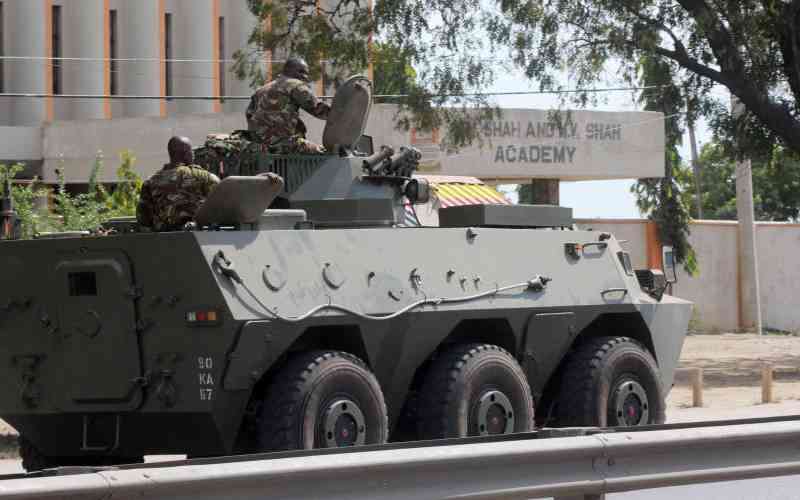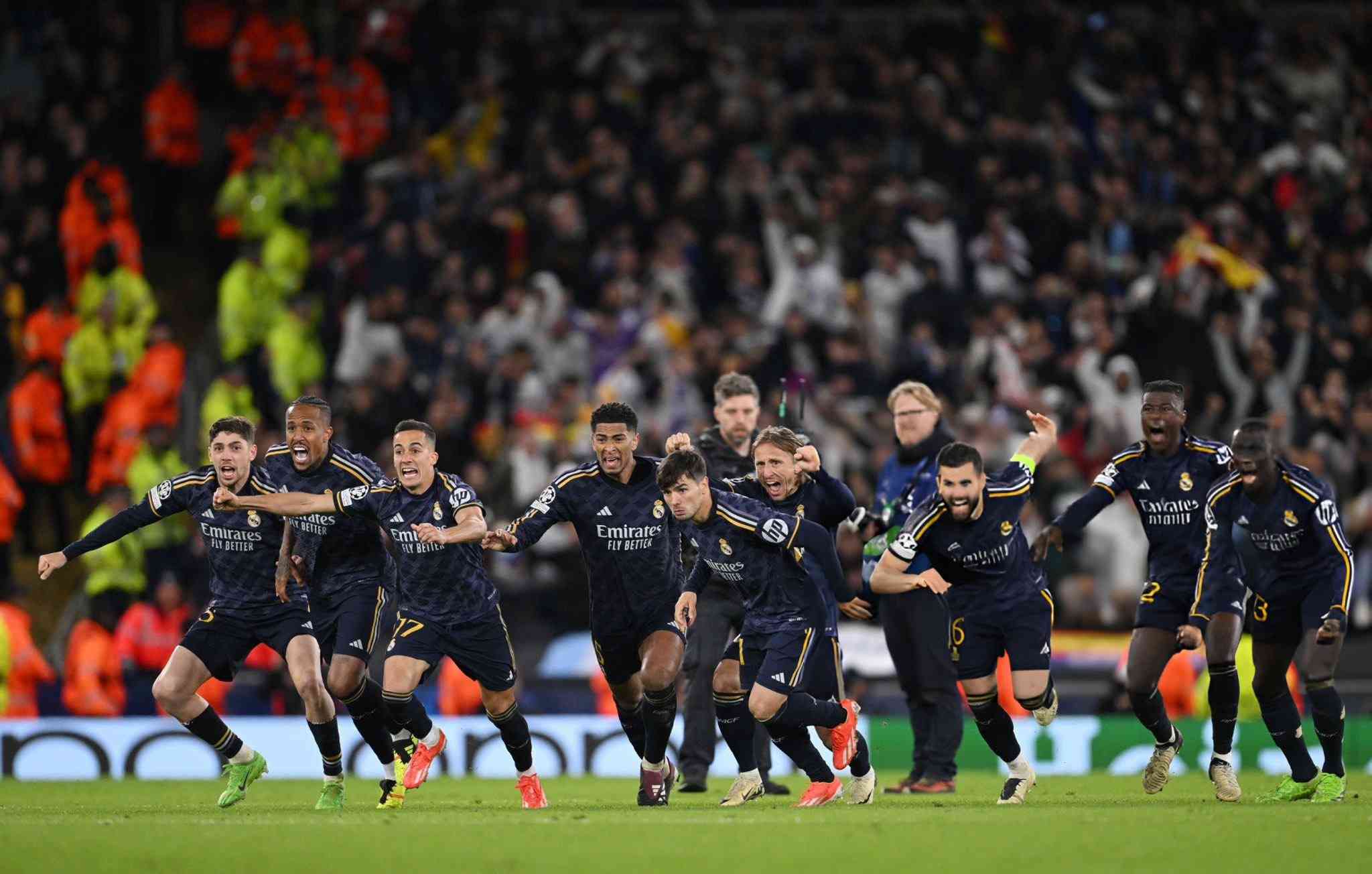MOMBASA COUNTY: Mosques in Mombasa made headlines this year for the wrong reasons, with some being identified by security agents as havens for radical Islamists.
On November 17, four mosques were closed down, albeit temporarily, as part of a security operation to weed out jihadists blamed for terror attacks in the country.
But political leaders in Mombasa say the Government employed the wrong strategies in combating radicalisation.
“It is clear now that we cannot fight an ideology using the power of a gun. We can only fight an ideology by a counter ideology and I think that is the strategy we should employ,” says Mombasa Senator Hassan Omar.
Since March, radical youths are said to have taken over mosques in Mombasa, and by November, they had taken over the control of Musa, Sakina, Swafaa and Minaa mosques before police moved in.
The youths, who police believed came from Majengo and Kisauni areas, also tried to take over Umar Ibn al-Khattab, Liwatoni and Mbaruk mosques but the security agencies averted the move in a night-long vigil.
Disagreements between moderate and radical Muslims have been blamed for the deaths of several Muslim clerics and attacks on Christian installations in the county.
In March 23, two gunmen raided Jesus Joy Church in Likoni, Mombasa County, killing seven people and wounding several others. The attack raised religious tension in the county, especially after the pictures and story of eleven-month-old Satrin Osinya hit the headlines.
Suspected Islamic extremist youths in Majengo area also killed Lawrence Kazungu Kadenge, an assistant pastor at Glory of God Ministries church in February, just days after the police raided Musa Mosque in the area.
These and other attacks led to calls by a section of church leaders for the Government to arm churches for protection.
Haki Africa executive director Hussein Khalid described the insecurity that engulfed the county this years as a “chaotic period.”
“No one is safe; not clerics, police or even ordinary citizens,” Khalid said in a recent interview.
On February 2, police raided Masjid Musa in Majengo (renamed Masjid Shuhadaa) Mombasa, to flush out suspected jihadists. The confrontation led to the death of three people, one of them a police officer.
Police said they recovered a gun, machetes, laptops, Al Shabaab flags and other militant training materials from the mosque.
The Government has identified the mosque as one of the breeding grounds for radical youths and says some of the battle-proven radicals fighting alongside Al Shabaab in Somalia may have been recruited there.
Stay informed. Subscribe to our newsletter
MAIN ADVERSARY
The February storming of the mosque was followed by the assassination of Abubakar Shariff Ahmed, also known as Makaburi, a vocal supporter of Osama bin Laden, who had described Al Shabaab’s attack at Westgate Shopping Mall in Nairobi as justified.
Makaburi was seen as a replacement of the fiery Sheikh Aboud Rogo, who had been mentioned in United Nations and United States reports as the main contact person of the terror network in East Africa. Makaburi, police claimed, was behind the assassination of moderate sheikhs thought to be close to the Government and attacks on Christians. He was killed by unknown gunmen outside Shanzu Law Courts on April 2.
On June 10, Sheikh Mohamed Idris, Makaburi’s main ideological adversary, was killed by unknown assailants as he walked out of his house in Likoni area to go the mosque for morning prayers.
In December last year, Sheikh Idris, the then chairman of the Council of Imams and Preachers of Kenya, was ejected from Masjid Sakina (recently renamed Masjid Mujahedeen) by a mob of youths accusing him of supporting the Government.
On November 5, another moderate cleric and a vocal critic of jihadists, Salim Bakari Mwarangi, was killed in manner similar to Idris. Both had expressed fear for their lives.
In July, Shahid Butt, a transport magnate, was shot dead as he left Moi International Airport. On December 24, 2013, Butt had been arrested for financing radicalisation and terrorism.
 The Standard Group Plc is a
multi-media organization with investments in media platforms spanning newspaper
print operations, television, radio broadcasting, digital and online services. The
Standard Group is recognized as a leading multi-media house in Kenya with a key
influence in matters of national and international interest.
The Standard Group Plc is a
multi-media organization with investments in media platforms spanning newspaper
print operations, television, radio broadcasting, digital and online services. The
Standard Group is recognized as a leading multi-media house in Kenya with a key
influence in matters of national and international interest.
 The Standard Group Plc is a
multi-media organization with investments in media platforms spanning newspaper
print operations, television, radio broadcasting, digital and online services. The
Standard Group is recognized as a leading multi-media house in Kenya with a key
influence in matters of national and international interest.
The Standard Group Plc is a
multi-media organization with investments in media platforms spanning newspaper
print operations, television, radio broadcasting, digital and online services. The
Standard Group is recognized as a leading multi-media house in Kenya with a key
influence in matters of national and international interest.






